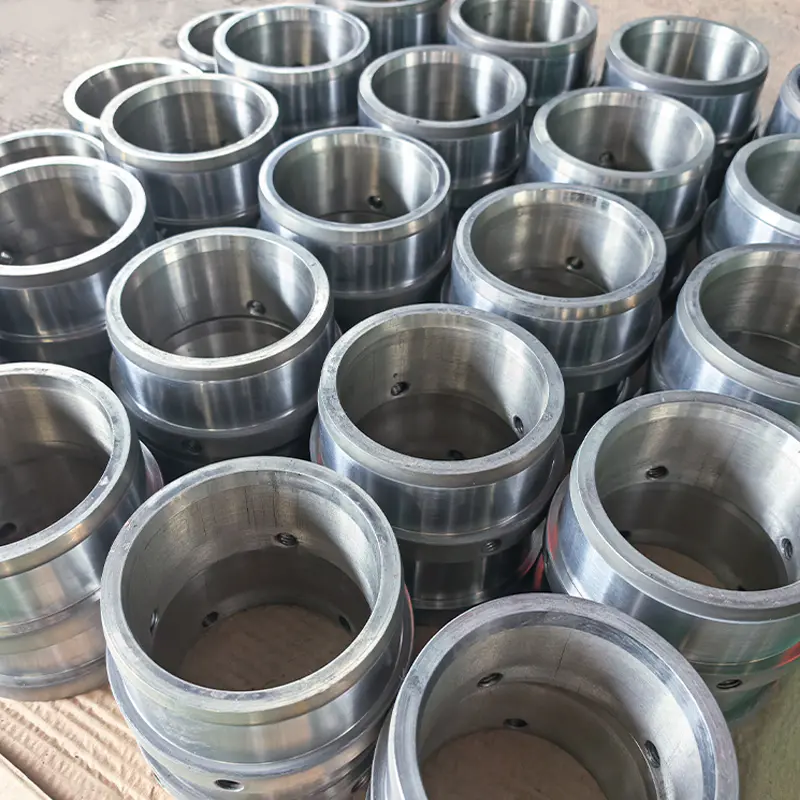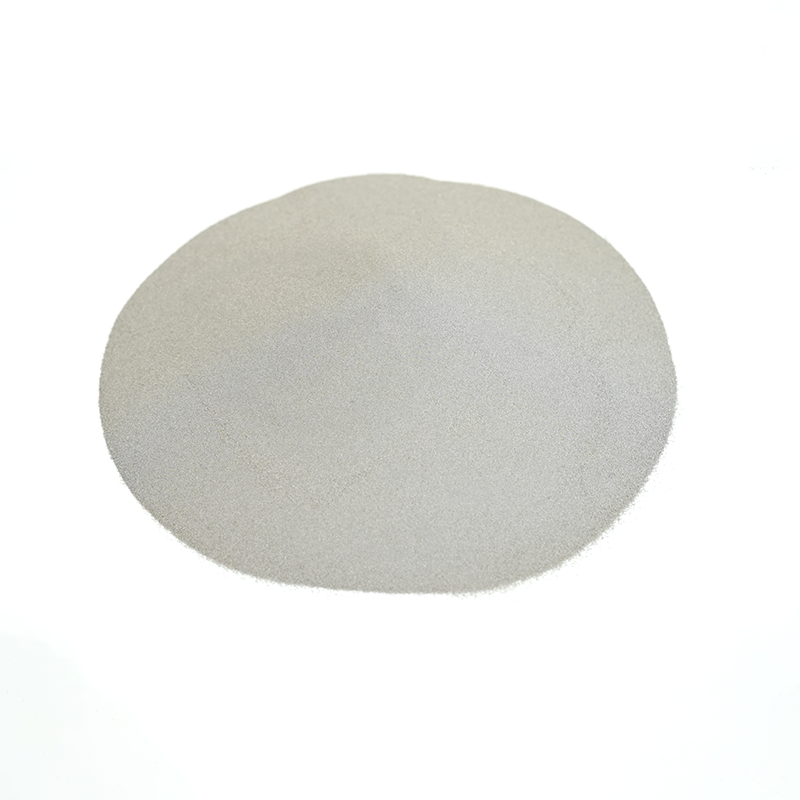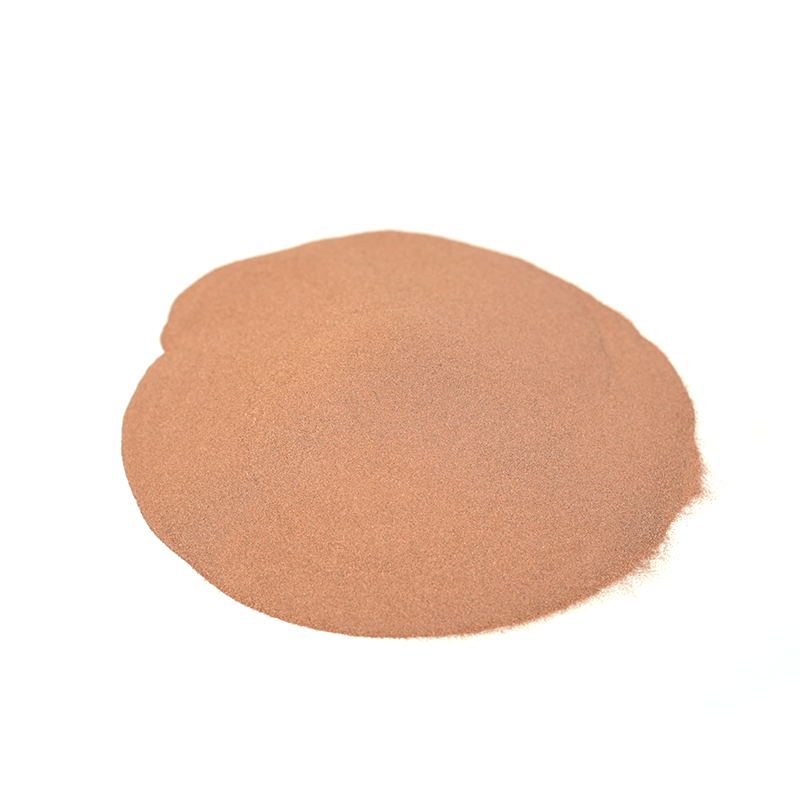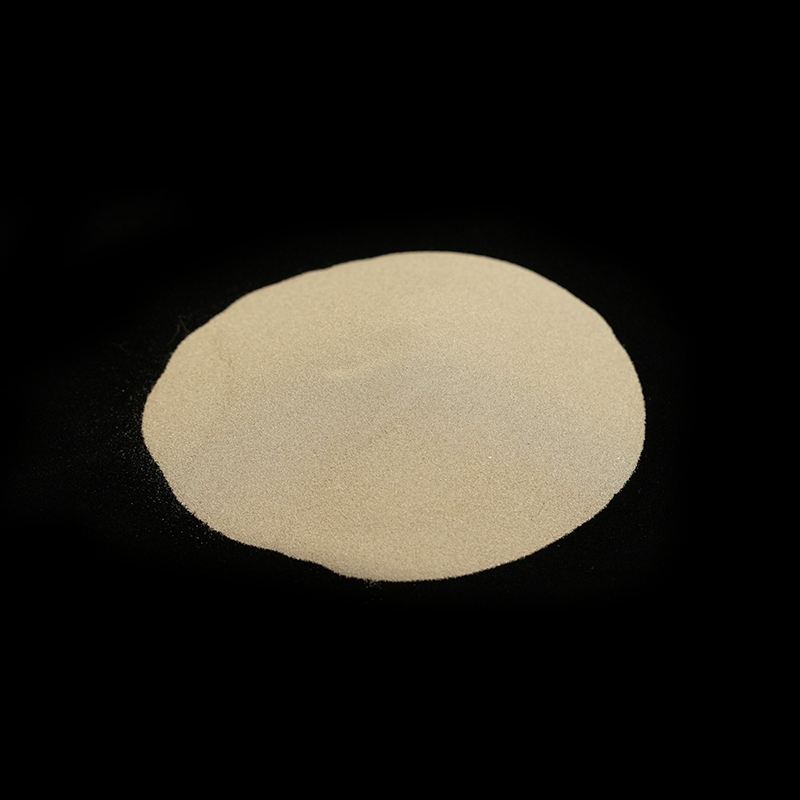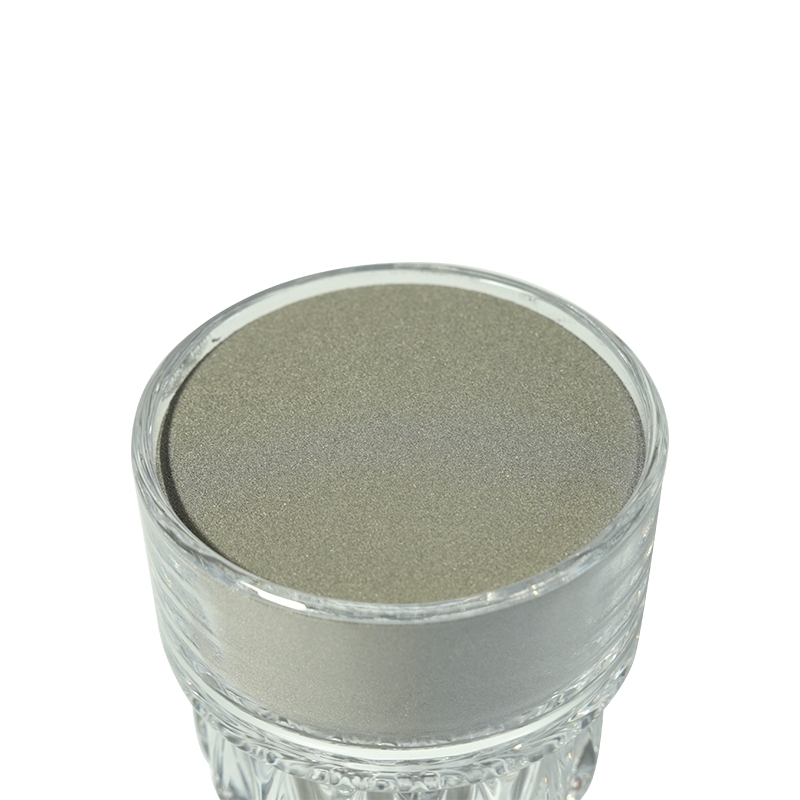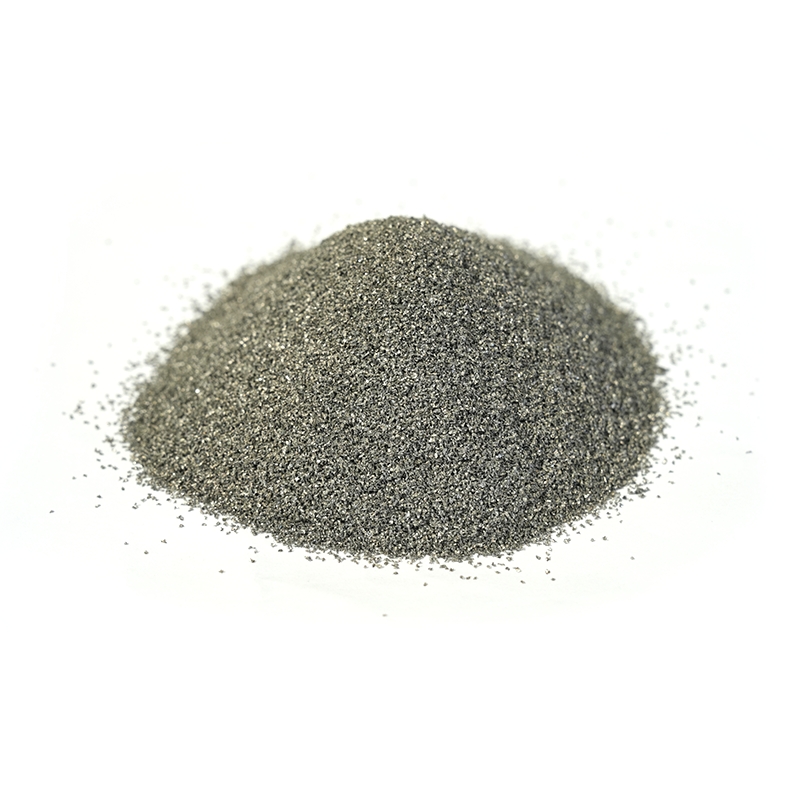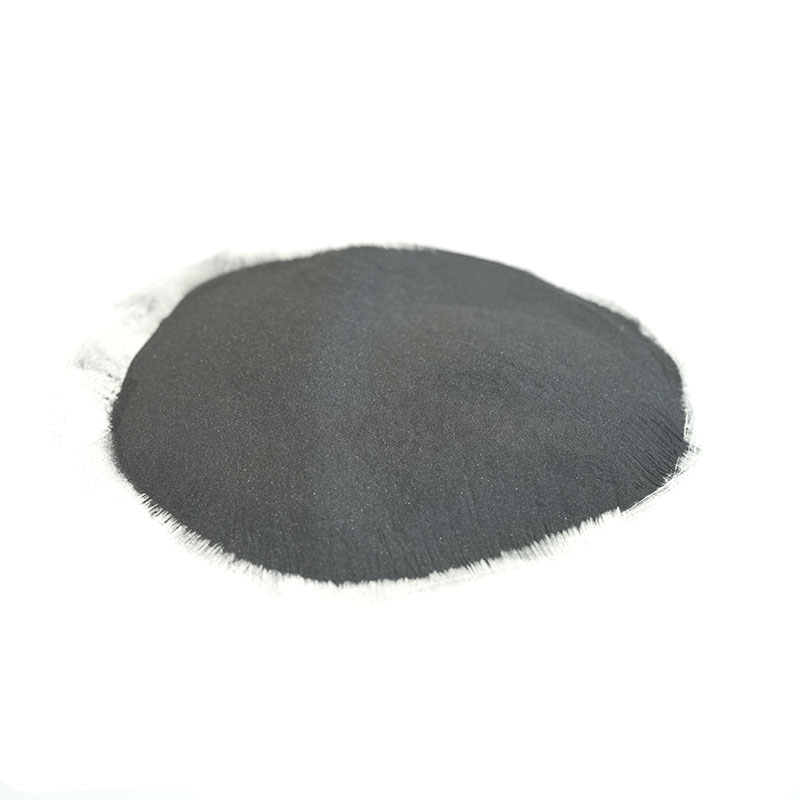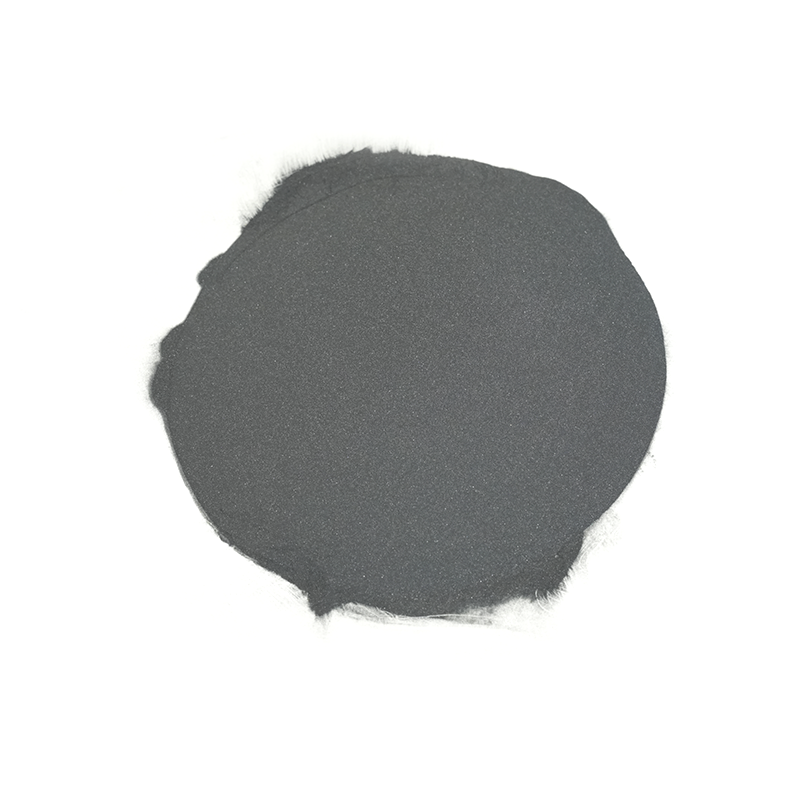In the world of advanced manufacturing, where precision, efficiency, and innovation are paramount, one material stands out as a true game-changer: metal alloy powder. These microscopic particles, often no larger than a grain of sand, are the foundational material for a revolution in how we design and produce everything from aerospace components to medical implants.
What Is Metal Alloy Powder?
At its core, metal alloy powder is a finely granulated form of a specific metal or a mixture of different metals, known as an alloy. Unlike solid metal, which is a singular, continuous block of material, metal powders are discrete particles that can be melted, sintered, or bonded together to form a solid object. The magic lies in the fact that these particles can be precisely controlled, allowing for the creation of intricate and complex geometries that are impossible to achieve with traditional subtractive manufacturing methods like machining.
The composition of these powdered metals is critical. By combining different elements—like titanium with aluminum, or nickel with chromium—we can create alloys with a wide range of properties. This includes exceptional strength, light weight, resistance to corrosion, or the ability to withstand extreme temperatures. The powder form allows for this alloying process to be highly controlled, ensuring uniformity and consistency in the final product.
The Production Process: From Ingot to Powder
The journey of a metal alloy powder from raw material to a usable product is a sophisticated process. While there are several methods, the most common is atomization. In this technique, a molten stream of the metal alloy is broken down into fine droplets using a high-pressure jet of gas or water. As these droplets cool rapidly in a controlled environment, they solidify into tiny, spherical particles. This atomization process is key to producing the high-quality, uniform alloy powders needed for critical applications. The size, shape, and distribution of the particles are all carefully managed to meet the stringent requirements of various manufacturing techniques.
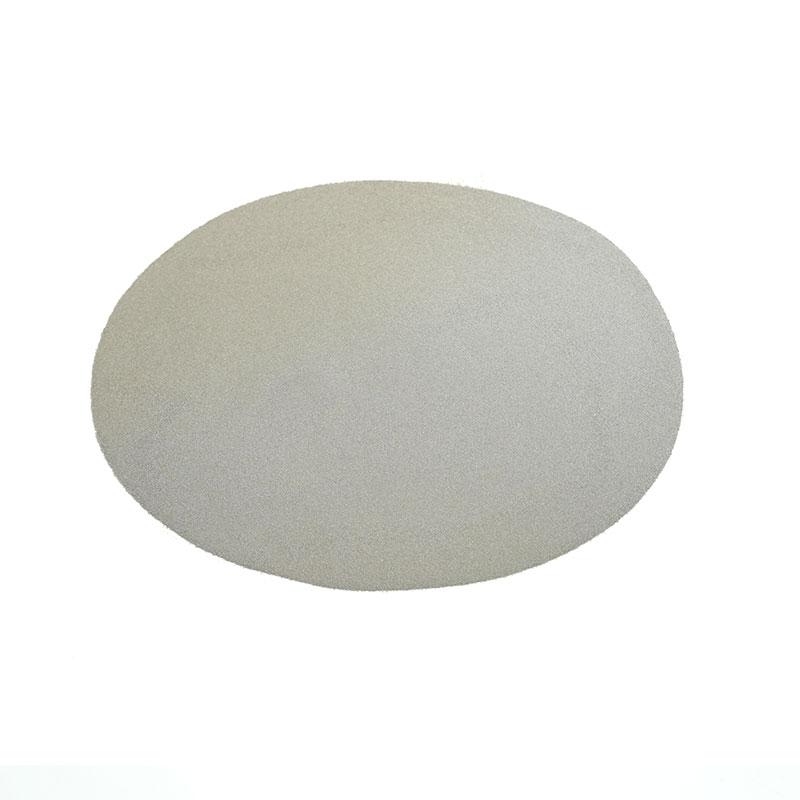
Applications: The Powder That Builds the Future
The true power of metal alloy powder lies in its applications, which are expanding rapidly.
-
Additive Manufacturing (3D Printing): This is the most famous use of metal powder. In processes like Selective Laser Sintering (SLS) or Laser Powder Bed Fusion (LPBF), a laser precisely melts and fuses layers of the powder, building a part from the ground up. This enables the creation of complex, lightweight parts for the aerospace industry, custom medical devices like dental crowns and joint replacements, and intricate tooling for manufacturing.
-
Powder Metallurgy (PM): This is a long-standing method where metal powder is compressed into a desired shape and then heated in a controlled atmosphere to bond the particles together, a process known as sintering. This technique is highly efficient and produces parts with near-net-shape, meaning very little final machining is needed. It is widely used for producing gears, bushings, and automotive components.
-
Thermal Spraying: Here, metal alloy powder is heated and sprayed onto a surface to create a protective or functional coating. This can be used to improve wear resistance on engine parts or provide a corrosive-resistant layer on industrial equipment.
The Future of Manufacturing Is Powdered
The demand for metal alloy powder continues to grow as industries recognize its potential to reduce waste, improve material performance, and unlock new design possibilities. The ability to create complex geometries with internal channels for cooling, or lightweight lattice structures that maintain strength, is only possible with these finely granulated metals. As research and development push the boundaries of materials science, new alloys and production techniques for these powdered metals will continue to drive innovation, solidifying their role as a cornerstone of modern manufacturing.


 English
English русский
русский عربى
عربى